The Clean Energy Investor Group (CEIG) is calling for regulatory reform to allow faster processing of foreign capital, that underpins 70% of clean energy projects in Australia, highlighting in a submission to the Productivity Commission (PC) hurdles faced by international investors seeking Foreign Investment Review Board (FIRB) approvals.
CEIG recommends reforming FIRB rules to raise thresholds for agricultural land and streamline approvals for greenfield renewable projects, potentially leveraging the “Future Made in Australia” agenda.
Its submission says the agricultural land threshold should be increased to reflect current market values and reduce unintended regulatory capture.
“There should be greater clarity that land under option — especially where the lease is shorter than 40 years — should not trigger FIRB requirements,” it says.
“Land classification should be flexible: once land is developed for renewable energy, it should be recognised as infrastructure rather than agriculture, with the option to revert classification following remediation.”
Inefficient regulations
CEIG’s submission also asks the PC to address inefficient regulations it has identified, to unlock $421 billion (USD 272 billion) it says is necessary for achieving Australia’s emissions reduction targets and secure a reliable, affordable clean energy future.
It recommends clear statutory timeframes, dedicated coordination bodies and consistent guidelines across jurisdiction, planning and environmental assessments be streamlined.
It asks for clean energy projects to be prioritised differently, recognising their climate benefits and public utility, as per other essential infrastructure.
It also recommends improving community engagement through coordinated government messaging and consistent frameworks for community benefit sharing.
The submission points to an increasing regulatory burden on developers, with the Commonwealth’s Environmental Protection Biodiversity and Conservation (EPBC) Act, it describes as “a major bottleneck”, and involves issues that cause higher renewable project development costs.
Policy inconsistency
Policy inconsistency is also identified as a dampener on investor confidence citing examples of state target changes and the nuclear debate, plus delays in transmission build outs.
“Delays to coal closures are also undermining investor confidence by creating uncertainty around future market conditions, pricing, and system planning – investors need clear, consistent signals about the future generation mix,” the CEIG submission says.
“This uncertainty is compounded by the short federal election cycle, which is out of step with the long lead times required to develop renewable projects.”
On this point it states within a single project’s development window, investors often face multiple election cycles questioning the future policy direction. In addition, public debate about alternatives like nuclear can further distract from the urgent need to replace coal, adding to investor hesitation and slowing the energy transition.
This content is protected by copyright and may not be reused. If you want to cooperate with us and would like to reuse some of our content, please contact: editors@pv-magazine.com.
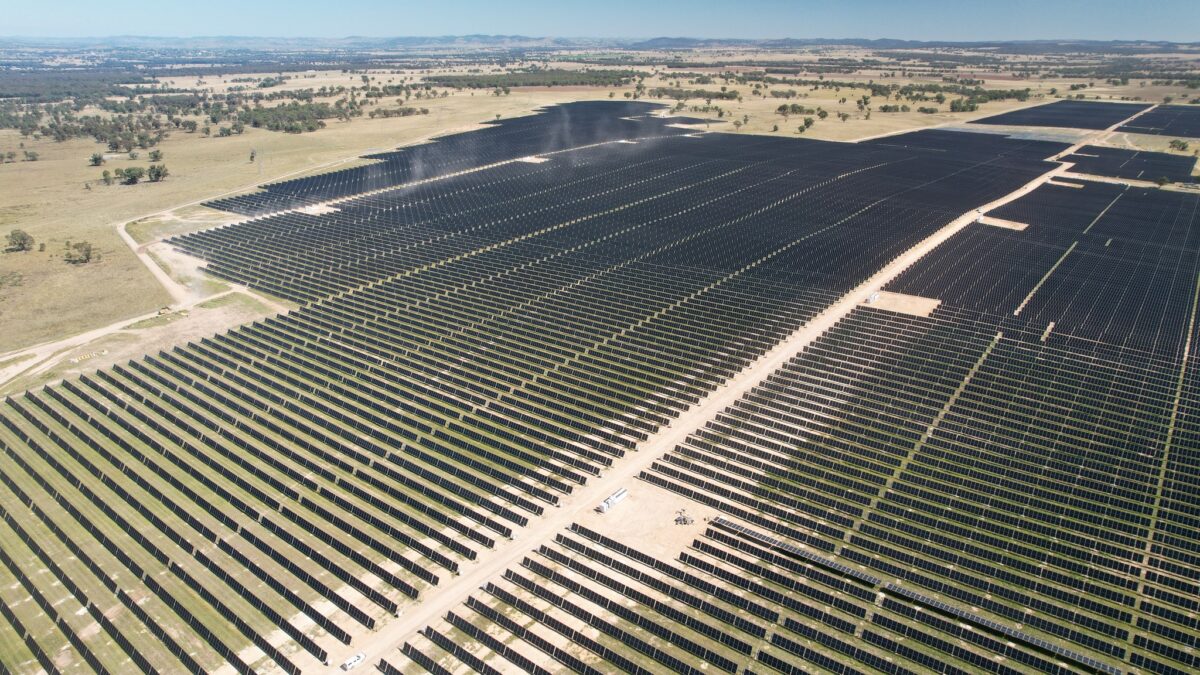
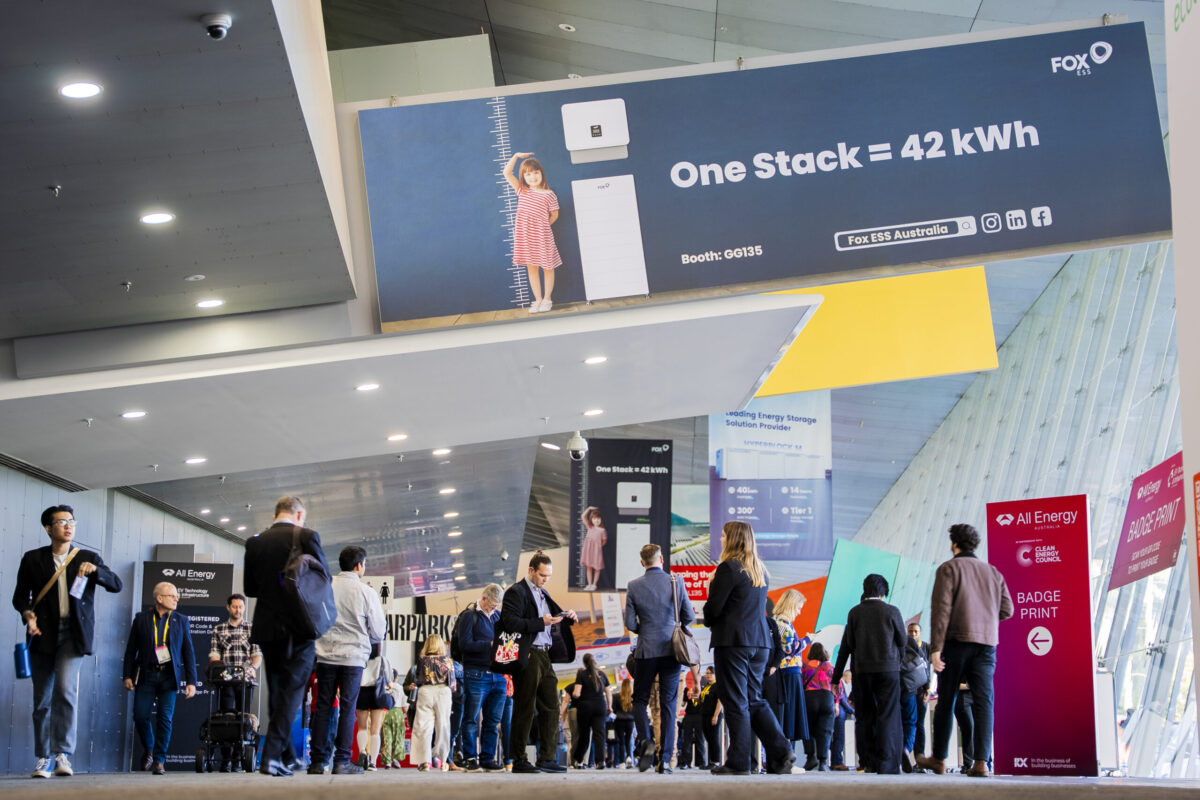


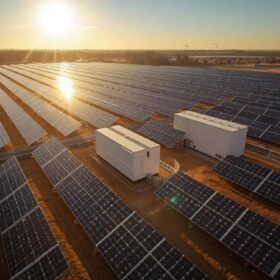
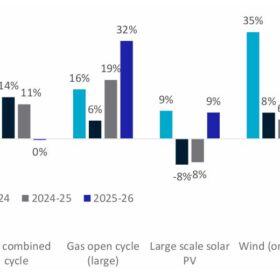


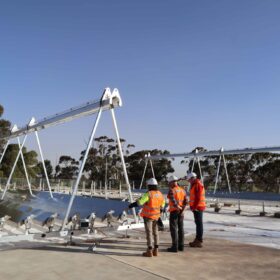
By submitting this form you agree to pv magazine using your data for the purposes of publishing your comment.
Your personal data will only be disclosed or otherwise transmitted to third parties for the purposes of spam filtering or if this is necessary for technical maintenance of the website. Any other transfer to third parties will not take place unless this is justified on the basis of applicable data protection regulations or if pv magazine is legally obliged to do so.
You may revoke this consent at any time with effect for the future, in which case your personal data will be deleted immediately. Otherwise, your data will be deleted if pv magazine has processed your request or the purpose of data storage is fulfilled.
Further information on data privacy can be found in our Data Protection Policy.